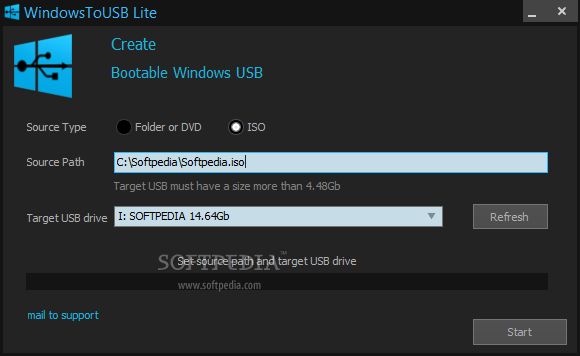

Once logged into your router, you should be able to locate a list of connected devices on your home network. Most routers have basic log in credentials like Admin/1234, check online for your brand of router and login instructions. To find this, log into your home router from a web browser, usually by simply entering 192.168.0.1 in the URL dialog box. Once you run Putty, you will need to enter the IP address of your Raspberry Pi. MSI file and follow the install wizard prompts. Learn more about Putty here and download it here. I recommend using a simple SSH tool like Putty.exe. Once this connection is established, you will then build the OS Image, install the Blockstream Satellite CLI, and compile the Bitcoin Satellite application. In this step, you will see how to make the SSH connection from your desktop computer to your Raspberry Pi computer. Now you are ready to turn on the Raspberry Pi and next I'll show you how to remote in via SSH connection and install the Blockstream Satellite command-line interface (CLI) tool.

Then, connect an Ethernet cable to your router or switch, and the power cable. Insert the microSD card into the Raspberry Pi microSD card port, not into the USB port using the adaptor, but on the opposite side of the circuit board from the USB ports, there is a microSD card port. That's it, you're done flashing the Raspberry Pi image, you can eject the microSd card. You should receive a dialog warning you about changing file extensions, just select "yes." Using the file explorer, navigate to the root folder on the microSd card, it is probably called "boot." Then, simply right click in that folder and select "new," then "text document." Then, just name it "ssh" without any file extension. Do not reformat it, just select "cancel." Upon reinserting the microSD card, your computer may tell you that the microSD card needs to be reformatted. However, a blank Secure Shell (SSH) file needs to be written to the root directory of the microSD card so that it can be connected to remotely. Once you hit "Continue," it will eject the microSD card from the computer. When it is finished, you should receive the success notification. This should take approximately ten minutes. Then the writing and verification processes will start. Then click on "Write" and select "Yes" to the warning that all data will be erased. Select "Choose Storage" and then select your microSD card. Select "Choose OS" then scroll down to "Use Custom" and then navigate to your. If everything went according to plan, you should be looking at this screen: Then, follow the prompts to install it and then run it. Executable, and double click on the executable.


 0 kommentar(er)
0 kommentar(er)
